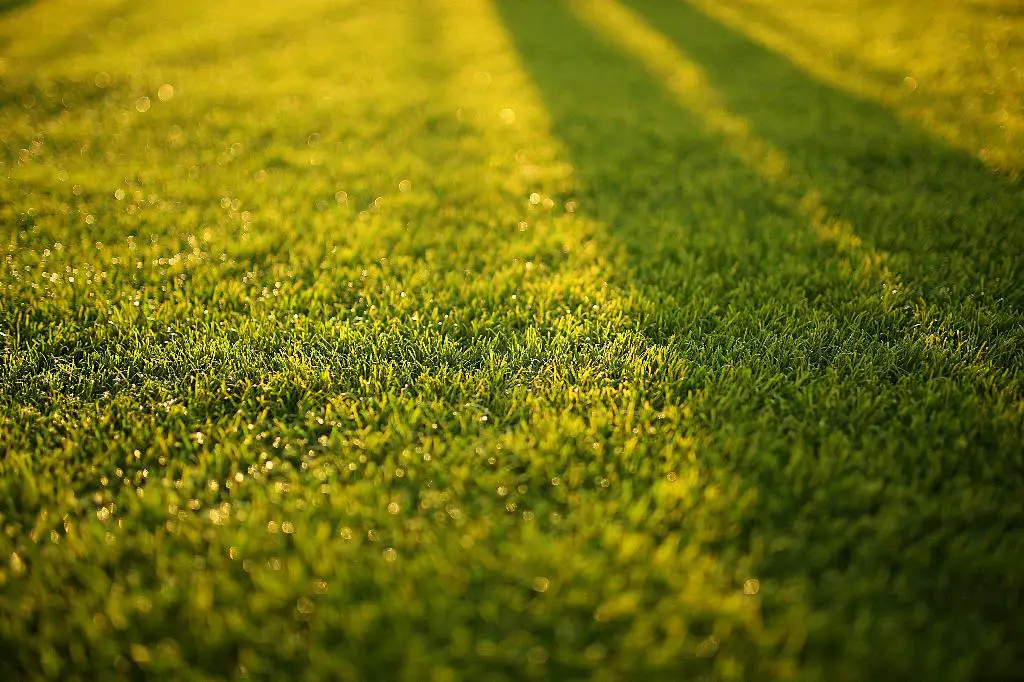One of the key factors to consider when deciding on the right time to start watering your lawn is the temperature. As temperatures begin to rise and consistently reach above 70 degrees, it may be a good indication that your lawn is starting to dry out and is in need of some hydration.
During these warmer days, it is recommended to begin automatic watering or run a manual watering cycle to ensure that your lawn receives the necessary moisture it needs to thrive. This proactive approach can help prevent your lawn from becoming stressed and keep it looking lush and green.
On the other hand, when temperatures dip down into the 60’s or below, you may not need to water your lawn as frequently. In cooler weather, your lawn may not require as much water to maintain its health. In such cases, you can adjust your watering schedule to once or twice a week, or simply water manually based on the condition of your lawn.
As the temperature continues to climb and reaches the 80’s or above, it’s important to be more vigilant with your lawn watering routine. High temperatures can cause your lawn to quickly dry out, leading to brown patches and overall stress on your grass. In these conditions, it is advisable to start automatic watering every other day, in line with the guidelines set by your local water district.
By following these temperature-based guidelines, you can ensure that your lawn receives the right amount of water at the right time, helping it to stay healthy and vibrant throughout the changing seasons. Remember, each lawn is unique, so it’s essential to monitor the condition of your grass and adjust your watering schedule accordingly.
Another crucial factor to consider when deciding when to start watering your lawn is the soil moisture level. Checking the soil moisture can provide valuable insights into whether your lawn is in need of hydration or if it has adequate moisture.
One way to check the soil moisture is by inserting a screwdriver or a soil probe into the ground. If it goes in easily, this indicates that the soil is moist and your lawn may not need immediate watering. However, if the soil is dry and compacted, it’s a sign that your lawn requires watering to replenish the moisture levels.
By regularly monitoring the soil moisture and adjusting your watering schedule accordingly, you can avoid overwatering or underwatering your lawn, both of which can negatively impact the health of your grass and lead to issues such as root rot or dehydration.
In addition to temperature and soil moisture, the type of grass in your lawn also plays a significant role in determining when to start watering. Different grass species have varying water requirements, so it’s essential to understand the specific needs of your grass to ensure optimal growth and health.
For example, cool-season grasses like Kentucky bluegrass and tall fescue may have higher water requirements during the hot summer months, while warm-season grasses such as Bermuda grass and zoysia grass are more drought-tolerant and may require less frequent watering.
Knowing the type of grass in your lawn and its water needs can help you tailor your watering schedule to provide the right amount of moisture without causing water stress or excessive growth. This personalized approach can result in a healthy and thriving lawn that looks great year-round.
Overall, the decision of when to start watering your lawn is influenced by a combination of factors including temperature, soil moisture, and grass type. By paying attention to these variables and adjusting your watering routine accordingly, you can ensure that your lawn remains healthy, vibrant, and green throughout the season.

